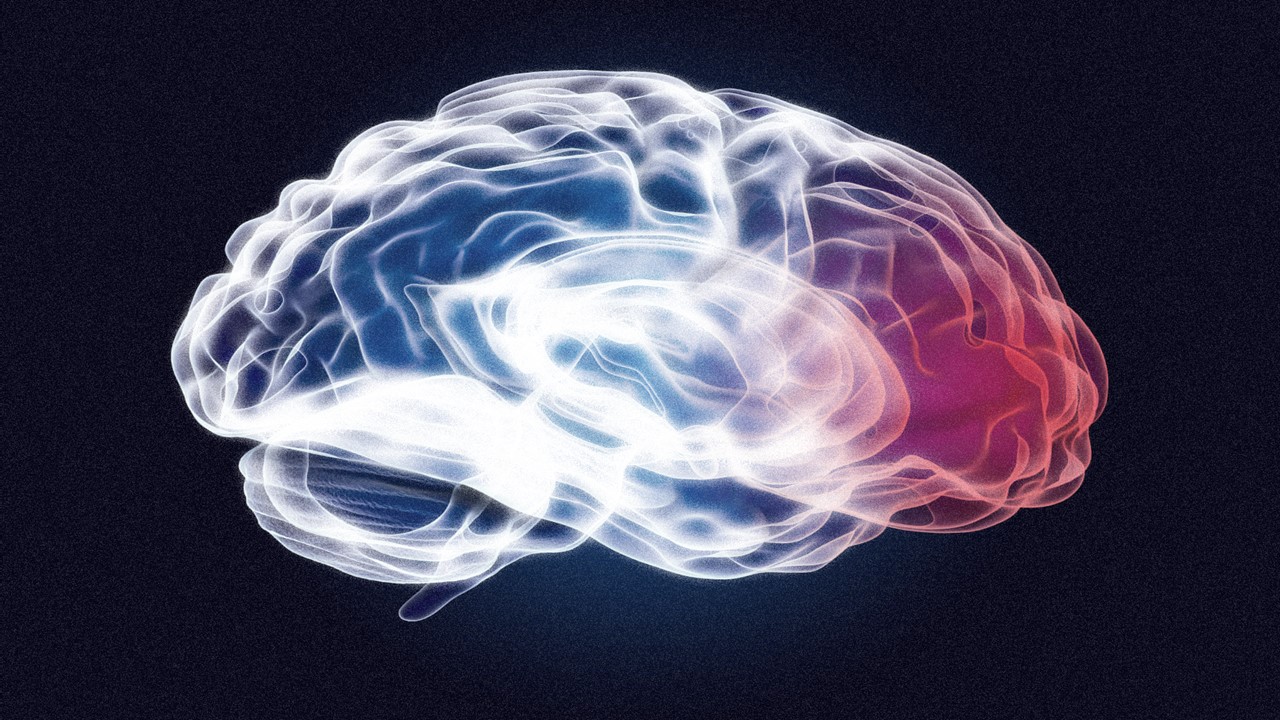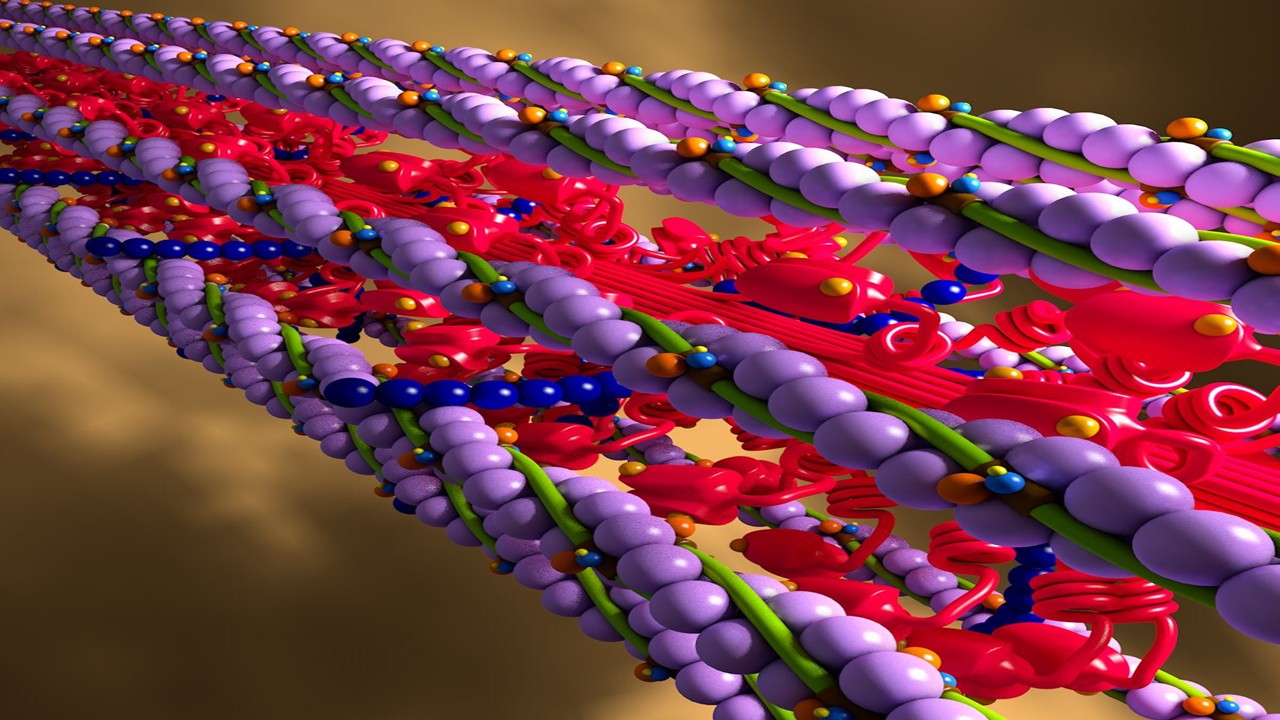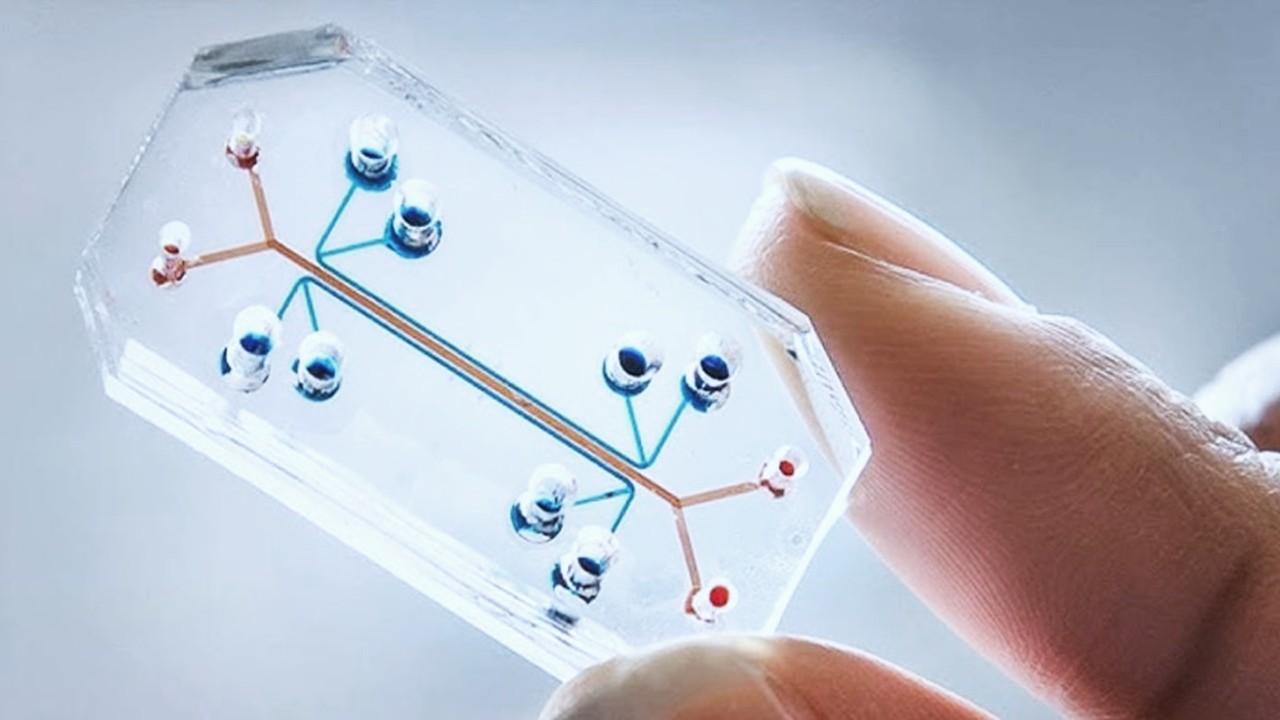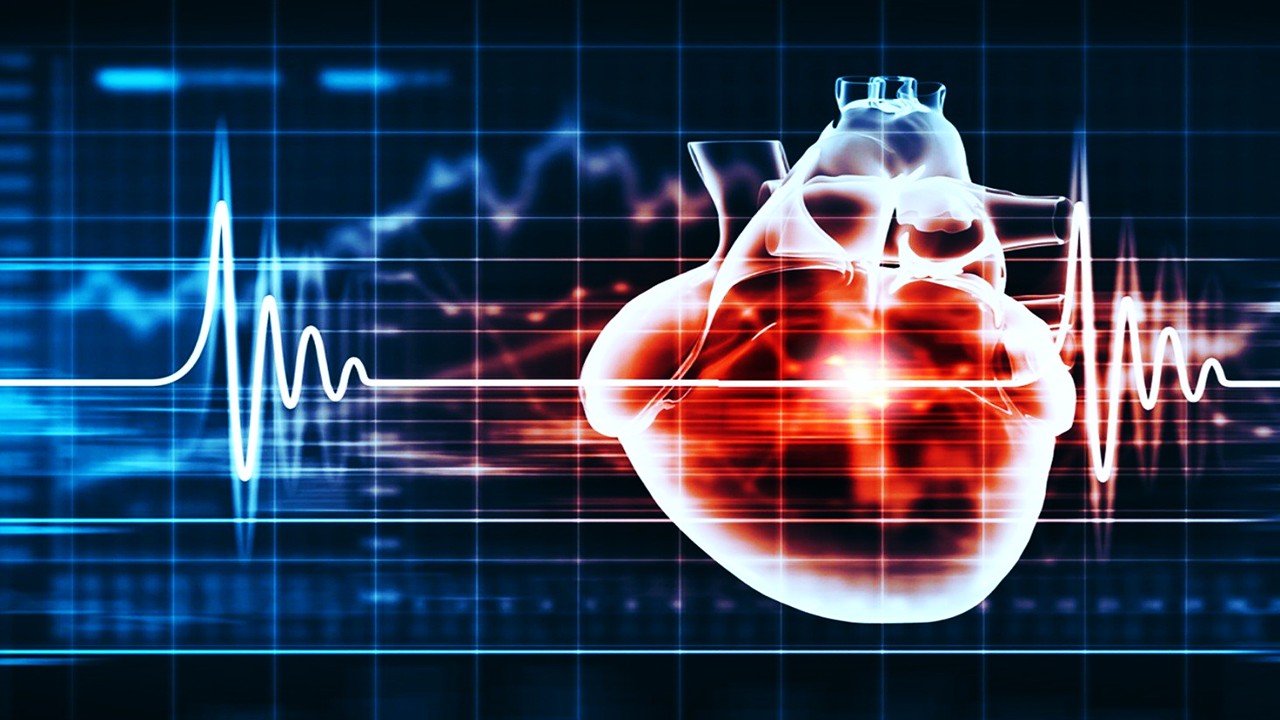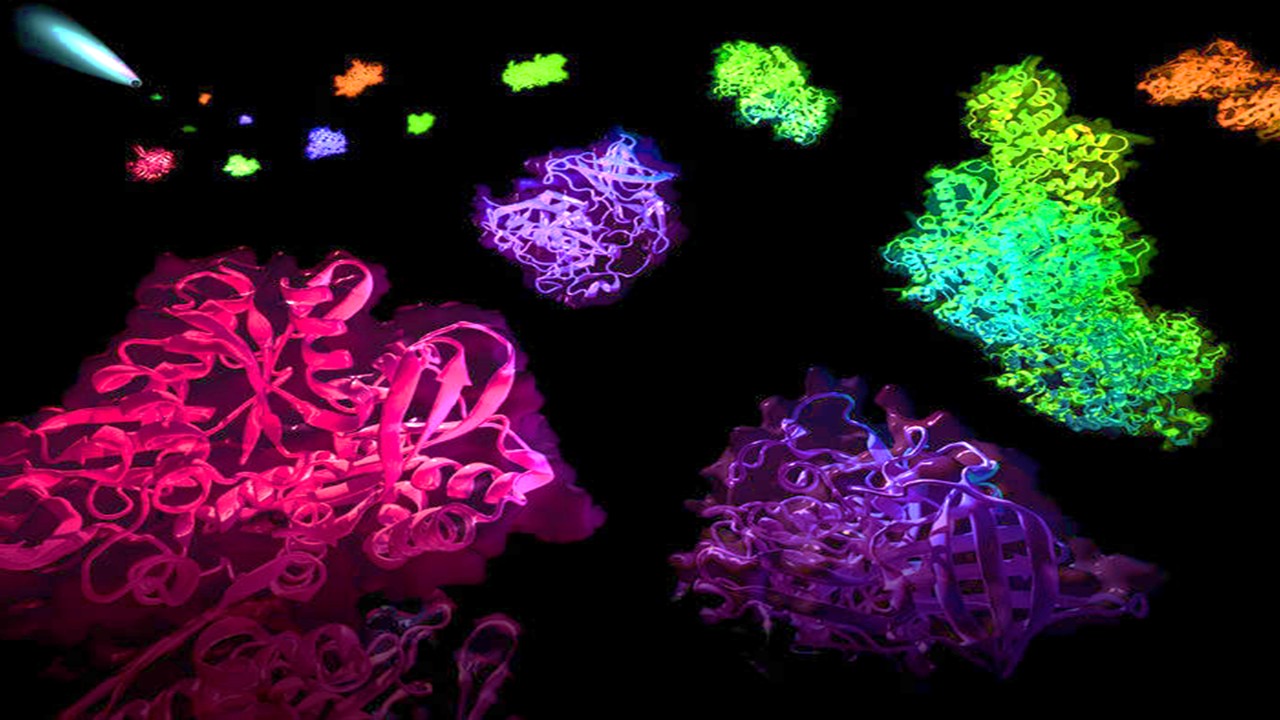Parkinson’s disease (PD) has long been defined by the presence of Lewy bodies, intracellular inclusions rich in the misfolded protein alpha-synuclein. These inclusions have been at the heart of research efforts to understand the biological mechanisms that underlie the disease. Traditionally, much of this work has been limited to postmortem brain tissue, where the damage has already been done, and the cells have degraded beyond the ability to capture dynamic cellular processes.
However, the era of drug discovery is rapidly evolving. A groundbreaking study from The Neuro at McGill University has taken a transformative step in understanding the development of Lewy bodies. For the first time, scientists were able to replicate these structures in living dopaminergic neurons derived from human induced pluripotent stem cells (iPSCs). This development, beyond its technical achievement, challenges and deepens our understanding of the interplay between misfolded proteins and immune responses in Parkinson’s pathology.
The Role of Alpha-Synuclein: More Than a Misfolded Protein
The centrality of alpha-synuclein in Parkinson’s disease is well-established, but this new research redefines its role as being inseparably linked with immune system activation. While previous studies have largely focused on the toxic accumulation of alpha-synuclein, researchers now recognize that simply introducing this protein to neurons is not enough to drive Lewy body formation.
Alpha-synuclein fibrils need to be coupled with an immune challenge, as demonstrated in this study where human dopaminergic neurons were exposed to interferon-γ or interleukin-1β – key players in immune responses. This immune activation was shown to impair autophagy, the vital cellular process responsible for degrading and recycling damaged organelles. Without the immune stimulation, no Lewy bodies formed, suggesting that it is not just the presence of alpha-synuclein but its interaction with immune dysfunction that drives the pathology.
This revelation has broad implications for therapeutic strategies aimed at reducing alpha-synuclein toxicity. Any future drugs targeting alpha-synuclein must also address the accompanying immune response to halt the progression of Lewy body formation.
Dopaminergic Neurons: The Specificity of Susceptibility
One of the more perplexing aspects of Parkinson’s disease is its selective targeting of dopaminergic neurons, particularly in the substantia nigra. This study provides new insight into this specificity. When exposed to alpha-synuclein and an immune challenge, only the dopaminergic neurons formed Lewy bodies, whereas cortical neurons remained unaffected. This distinction highlights an inherent vulnerability in these cells that may be linked to their unique metabolic demands and lower capacity for dealing with protein misfolding and autophagic dysfunction.
This finding reaffirms that therapeutic strategies should not be uniformly applied across neuron types but must take into account the specific vulnerabilities of dopaminergic neurons. Moreover, it hints at the potential for targeted treatments that focus on preserving or enhancing the autophagic capacity of these neurons to prevent the accumulation of toxic proteins.
Autophagy: The Cellular Clean-Up System Under Siege
Autophagy, the process by which cells clean up damaged proteins and organelles, is increasingly being implicated in neurodegenerative diseases, particularly Parkinson’s. In this study, researchers discovered that exposure to immune signals like interferon-γ can directly impair the autophagic machinery in dopaminergic neurons. This impairment allows for the build-up of alpha-synuclein and the formation of Lewy bodies. Importantly, these Lewy bodies were not solely composed of misfolded proteins, as once believed. Instead, they contained membrane-bound organelles and fragments, a departure from previous assumptions about their structure.
The knockdown of LAMP2, a lysosomal-associated membrane protein, or the knockout of GBA (glucocerebrosidase gene) in the neurons accelerated Lewy body formation. Both of these genes are critical to the lysosomal degradation process, and their dysfunction has been previously linked to Parkinson’s disease. By disrupting autophagy, the neurons essentially become overwhelmed by cellular debris, much of which is misfolded alpha-synuclein.
Understanding the precise mechanisms by which autophagy is impaired opens new therapeutic windows. Drugs aimed at enhancing or restoring autophagy could be key to preventing the formation of Lewy bodies in the first place.
Current Parkinson’s Treatments: An Incomplete Arsenal
Despite the advances in our understanding of Parkinson’s disease, current treatments remain largely symptomatic. The gold standard of therapy, levodopa, addresses dopamine deficiency by increasing its levels in the brain. However, while it helps alleviate motor symptoms, it does nothing to stop the progression of the disease or the underlying causes of dopaminergic neuron death.
Deep brain stimulation (DBS) is another prominent treatment, often used for patients in more advanced stages of the disease. While DBS can significantly improve quality of life by reducing motor symptoms, it too does not address the root causes of the disease and is primarily used as a symptomatic treatment.
Given the insights from recent studies, there is growing interest in developing treatments that target both alpha-synuclein accumulation and immune dysfunction. Immunomodulatory therapies, such as those aimed at dampening the immune response or enhancing autophagy, could represent the next frontier in Parkinson’s disease treatment. However, much more work is needed to translate these biological findings into viable clinical therapies.
Diagnostics and Management: Navigating Parkinson’s in Modern Medicine
Accurate diagnosis of Parkinson’s disease has always been challenging, particularly in its early stages, when motor symptoms are mild, and non-motor symptoms are easily misattributed to other conditions. Currently, diagnosis is primarily clinical, relying on the presence of tremor, bradykinesia, and muscle rigidity. Neuroimaging techniques, while helpful, are often used more to rule out other conditions than to definitively diagnose PD.
Recent advances in biomarker research hold promise for improving diagnostic accuracy. Researchers are investigating the potential of alpha-synuclein levels in cerebrospinal fluid as a diagnostic tool, though this approach is not yet widely available. Other biomarkers related to immune activation and autophagic dysfunction could one day serve as early indicators of the disease before motor symptoms emerge.
In terms of management, a comprehensive approach is essential for addressing both the motor and non-motor symptoms of Parkinson’s disease. Physical therapy, occupational therapy, and speech therapy play a critical role in maintaining mobility and quality of life. Additionally, managing non-motor symptoms such as depression, anxiety, and cognitive decline is crucial, as these often have a more significant impact on patients’ well-being than the motor symptoms themselves.
A New Frontier in Parkinson’s Research
The recent breakthrough in replicating Lewy body formation in living human neurons marks a pivotal moment in Parkinson’s research. By establishing a direct link between immune dysfunction and alpha-synuclein accumulation, this study opens up new avenues for understanding the disease’s pathogenesis and developing targeted therapies.
Future research will likely focus on the intricate relationship between the immune system and neurodegeneration, seeking to untangle the complex web of factors that lead to dopaminergic neuron death. As our understanding of these mechanisms deepens, we move closer to developing treatments that not only alleviate symptoms but also halt the progression of this devastating disease.
Study DOI: https://dx.doi.org/10.1038/s41593-024-01775-4
Engr. Dex Marco Tiu Guibelondo, B.Sc. Pharm, R.Ph., B.Sc. CpE
Editor-in-Chief, PharmaFEATURES

Subscribe
to get our
LATEST NEWS
Related Posts

Neuroscience & Neuropharmacology
Cannabinoids and Autism: Evaluating Their Role in Sleep and Behavior
In the quest to improve the lives of individuals with autism spectrum disorder, rigorous science remains our most vital tool—revealing not just what works, but what does not.

Neuroscience & Neuropharmacology
Two-Dimensional Neural Geometry: A Revolution in Understanding Human Working Memory
Working memory, a cornerstone of human cognition, has long been mischaracterized as a passive storage system.
Read More Articles
Myosin’s Molecular Toggle: How Dimerization of the Globular Tail Domain Controls the Motor Function of Myo5a
Myo5a exists in either an inhibited, triangulated rest or an extended, motile activation, each conformation dictated by the interplay between the GTD and its surroundings.
Designing Better Sugar Stoppers: Engineering Selective α-Glucosidase Inhibitors via Fragment-Based Dynamic Chemistry
One of the most pressing challenges in anti-diabetic therapy is reducing the unpleasant and often debilitating gastrointestinal side effects that accompany α-amylase inhibition.





